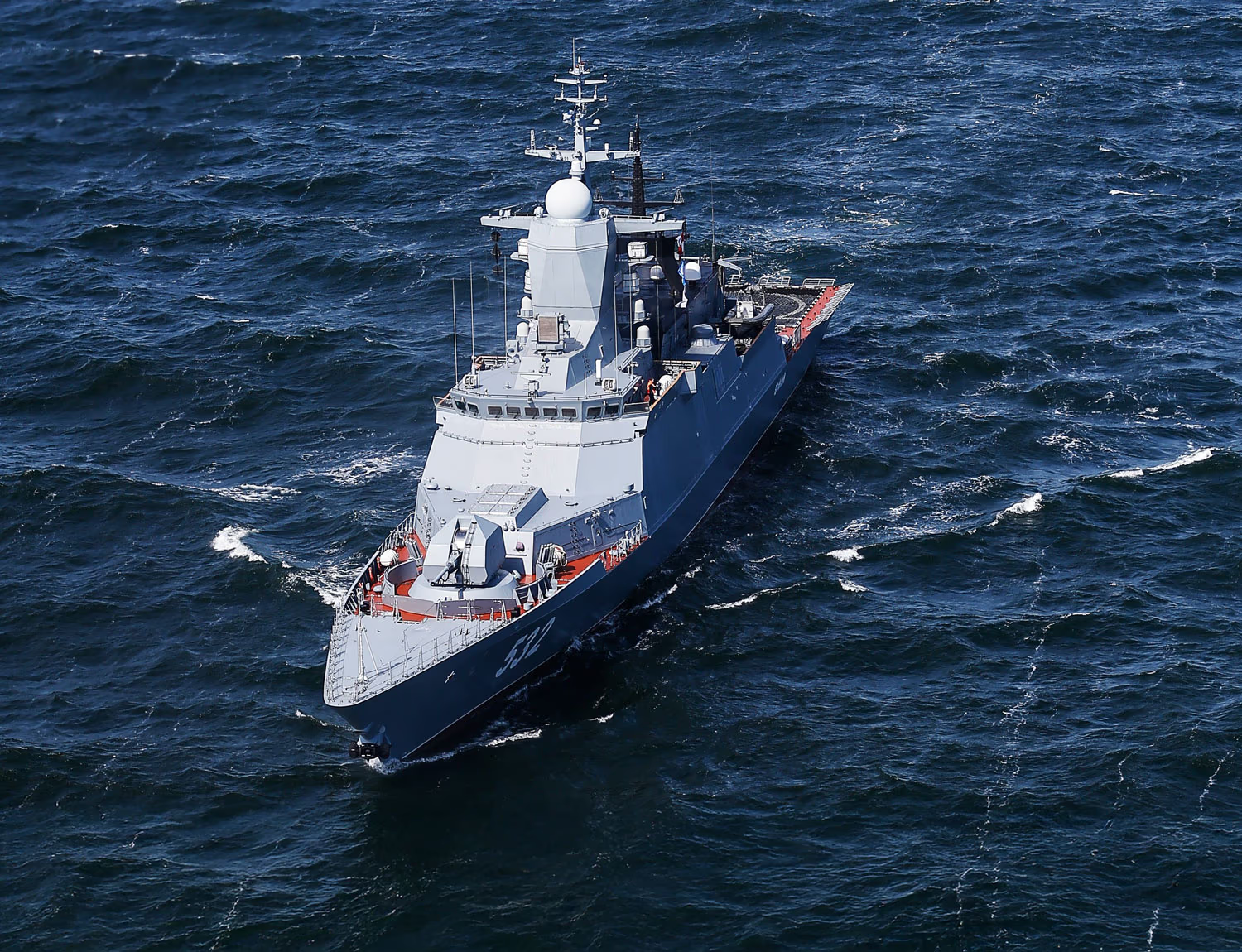Despite record defense spending and extensive aid to Ukraine, the European Union still cannot act autonomously on security matters. The military capabilities of EU countries remain fragmented, dependent on the United States, and unable to guarantee Kyiv a strong position in potential peace talks. Analysts warn that without U.S. support, Europe’s diplomatic efforts risk remaining symbolic, and Ukraine could come under pressure to accept unfavorable terms. Against this backdrop, U.S. Senator J.D. Vance urged Europeans to “take more responsibility” for supporting Kyiv.
Senator J.D. Vance’s call for Europe to “take more responsibility” for supporting Kyiv—given its geographic proximity to the conflict—came alongside an assessment of the EU’s capabilities.
“It is clear that even if Europe remains steadfast in its diplomatic stance, it lacks the strength to support Kyiv in negotiating favorable terms for a future peace agreement or to ensure the enforcement of a cease-fire. Europe’s diplomatic efforts are substantial, but without military backing they risk remaining merely symbolic. The ability to preserve Ukraine’s territorial integrity depends on the continuous supply of weapons, troops, and the political will of the United States.”
The shortage of European military resources means that, in the event of negotiations, Ukraine risks coming to the table with weakened leverage. Without the ability to reinforce diplomatic demands with force, Kyiv will depend on Washington’s willingness to sustain military support—and if that support is reduced, the pressure on Ukraine to agree to unfavorable peace terms will intensify.
According to analysts, European countries are unlikely to muster a sufficient peacekeeping force even if Vladimir Putin were to agree to its deployment in Ukraine—something he had previously opposed. Lithuanian Defense Minister Dovile Šakalienė told her European counterparts bluntly: “Russia has 800,000 troops. If we can’t muster even 64,000, that’s not just a sign of weakness—it is weakness.”
What Are You Gonna Do About It?

Another Test of the Limits
Russia Sends a Warship to Escort Sanctioned Tankers Through the English Channel

Is Russia Preparing for the Next War?
The Expansion of Military Infrastructure Near Finland, Estonia, and Norway Raises Concerns of a Looming Conflict

Five Russian Bases Near Sweden’s Border Undergoing Upgrades
Each Could Host Nuclear Weapons

Russia Covers Its Shadow Fleet With Military Aircraft
Does Brussels Have Any Real Tools to Respond—Or Will It Once Again Resort to Rhetorical Concern?
In June, the EU overtook the United States to become Ukraine’s largest aid provider, committing about €72 billion in military support compared with $65 billion from the U.S. However, American assistance includes the most advanced weapons systems, such as state-of-the-art air defense complexes and precision-guided munitions. A significant share of European funds is spent on purchasing U.S. weapons—underscoring Europe’s dependence on Washington.
In 2023, EU countries spent €326 billion on defense, or about 1.9% of GDP—30% more than in 2021. The U.S., in the same year, allocated nearly $1 trillion, equivalent to 3.4% of GDP. To narrow this gap, the EU has launched an €800 billion defense readiness plan aimed at modernizing and integrating military capabilities. The funds are earmarked for weapons upgrades, expanded production capacity, joint procurement, and integration of command and logistics systems. However, most projects are planned over a decade, leaving Europe’s armed forces vulnerable in the coming years.
Progress is slow due to industrial fragmentation, political disagreements, and the absence of a unified strategy. Experts note that the current European security model is effectively embedded within NATO’s architecture, where the U.S. plays the central role. This makes any attempt by Europe to act autonomously constrained not only by resources but also institutionally. Even with rising defense spending, the EU remains dependent on U.S. intelligence, logistics, and technology.
